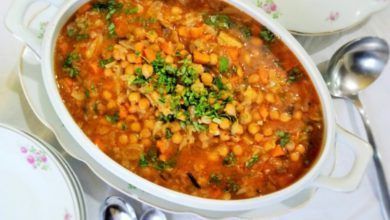Spelt is a type of wheat from which it is believed to have emerged the different variants we know today. However, it is now that it is becoming more popular, and this is so for several reasons:
- On one side, this wheat has not been crossed with other varieties, so it remains purer.
- It contains more vitamins and minerals than common wheat, is especially rich in vitamin B and vitamin E.
- It also contains all 8 essential amino acids, making it an interesting source of protein. And because it has vitamin B2, these amino acids are metabolized better by the body.
- Its high content of tryptophan contributes to our mental and emotional wellbeing. Tryptophan is an amino acid associated with good humor, interesting in cases of depression and decay.
- Is more digestible than common wheat because it has less of gluten and more fiber, which makes it interesting for people with wheat allergies, who can sometimes eat it without problems. Celiacs, however, can not consume it.
- Its high fiber content makes it an excellent food for constipation problems.
- Spelt is also rich in essential fatty acids, important for proper brain function.
All this makes the bread made with spelt flour an interesting option for people who frequently consume bread.
It is important, however, not to forget that the bread must be made from whole wheat flour; if we use refined flour, many of the nutrients will have gone.
Another thing to keep in mind is that the bread should be made with sourdough. The bread made with sourdough undergoes a process similar to a seed when it grows and becomes a plant. This makes the bread made with sourdough easier to digest, while others may cause indigestion, flatulence, mucus buildup, etc.
Benefits of naturally leavened bread:
- A good fermentation process unifies the flour, making it a living food and contributing to increase its vitamins and enzymes.
- Leavening agents divide cellulose structure and release nutrients in the mass.
- The process of fermentation and baking neutralizes most of the phytic acid of the cereal grains. In breads made with commercial yeast almost 90% of it remains.
- The bread stays fresh for longer, provided it is stored in a cool and dry place. In fact, it is more nutritious after five to ten days.






